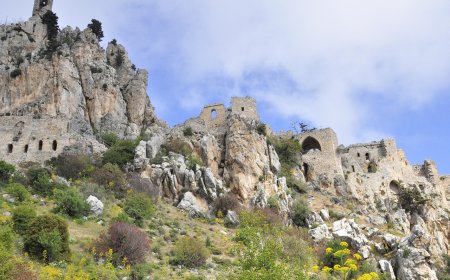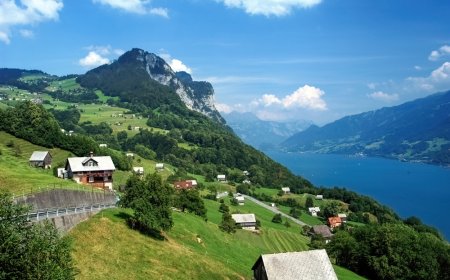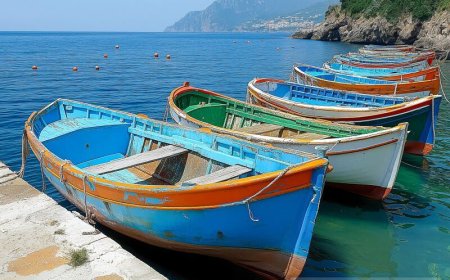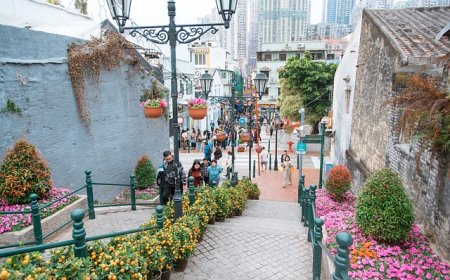Belgium: Geography, Culture, and History for Students
Learn about Belgium for kids. Discover chocolate, culture, and famous landmarks.
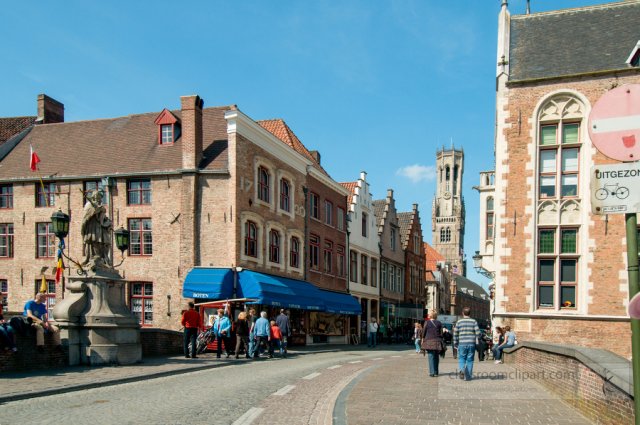
🇧🇪 Belgium: A Small Country with a Big Heart in the Center of Europe
🗺 Introduction
Belgium is a small country located in Western Europe, but it has played a very big role in history, culture, and world politics. It’s famous for its delicious food, beautiful castles, multilingual culture, and international organizations. Belgium is sometimes called the "heart of Europe" because it is home to the capital of the European Union and is near many other European countries.
Even though it’s smaller than many U.S. states, Belgium has a rich history and unique regions. In this article, you’ll discover Belgium’s geography, people, cities, language, traditions, and why it matters in today’s world.
🌍 Geography and Location
Belgium is bordered by France, Germany, the Netherlands, Luxembourg, and the North Sea. It is part of the region known as the Low Countries, which also includes the Netherlands and Luxembourg. Much of Belgium is flat or gently rolling, especially in the north, while the Ardennes Forest in the south has hills, rivers, and woodlands.
The country is small—only about 30,000 square kilometers (or about the size of Maryland in the U.S.)—but it is packed with towns, farms, forests, and modern cities. Belgium’s location in the center of Europe has made it an important crossroads for trade, culture, and travel.
Belgium has a temperate climate, with cool winters and mild summers. It rains often, which helps keep the countryside green and the rivers full.
🏙 Cities and Regions
Belgium has three main regions, each with its own language and cultural identity:
- Flanders in the north, where people speak Dutch (also called Flemish)
- Wallonia in the south, where people speak French
- Brussels-Capital Region, in the center, where both French and Dutch are spoken
The capital city is Brussels, which is also considered the capital of the European Union. It’s a center for international politics and diplomacy, but it’s also famous for art, music, and food. Visitors love its Grand Place, a historic city square full of stunning architecture and flower markets.
Other important cities include Antwerp, known for diamonds and fashion; Ghent, with canals and medieval towers; Bruges, a fairy-tale city with cobbled streets and chocolate shops; and Liège, a lively French-speaking city with deep industrial roots.
👨👩👧👦 People, Language, and Culture
Belgium has a population of about 11.7 million people and is one of the most multilingual countries in Europe. The country has three official languages: Dutch, French, and German. Most people in Flanders speak Dutch, while most in Wallonia speak French. A small area near the German border speaks German.
Belgium’s people are known for being friendly, respectful, and well-educated. Cultural pride is strong in each region, and traditions are kept alive through language, music, and festivals.
The country has a royal family, and its current monarch is King Philippe, who serves as a symbolic leader while the government makes decisions. Belgian society values democracy, freedom, and cooperation.
🍽 Food and Traditions
Belgium is a country for food lovers. Although it’s small, it’s known around the world for chocolate, waffles, fries, and cheese. Many of its dishes are hearty and flavorful, influenced by French, Dutch, and German cooking.
Some of the most beloved Belgian foods include:
- Belgian waffles, often topped with whipped cream, fruit, or chocolate
- Belgian chocolate, famous for its smooth texture and rich flavor
- Frites (fries), served with a variety of sauces and often eaten as a snack
- Moules-frites, a dish of mussels and fries popular near the coast
- Stew dishes like carbonnade flamande, made with beef and dark beer
Belgians also enjoy local festivals like Carnival, Ommegang parades, and flower shows. In each region, traditional music, costumes, and dances are proudly performed during holidays and celebrations.
🏛 History of Belgium
Belgium’s history goes back thousands of years. It was once part of the Roman Empire, and later, many rulers fought over the land because of its central location in Europe. During the Middle Ages, Belgian cities became rich through trade, especially textiles and lace.
In the 19th century, Belgium became an independent country in 1830, breaking away from the Netherlands. It was heavily affected by both World War I and World War II, as many important battles were fought on Belgian soil.
After the wars, Belgium became a founding member of the European Union, the United Nations, and NATO. It has worked hard to promote peace, cooperation, and rebuilding in Europe. Today, Belgium is known as a peaceful and united country that values diplomacy and diversity.
🌿 Nature and Environment
Even though it’s small, Belgium has a lot of natural beauty. There are forests, rivers, beaches, and rolling hills, especially in the Ardennes region. People enjoy hiking, biking, and kayaking in these green spaces.
The country also has many parks, gardens, and reserves to protect wildlife. Belgian cities are clean and green, with many people using public transportation or bikes to get around.
Belgium works to protect the environment through recycling programs, renewable energy, and nature conservation projects. Like many European countries, it focuses on balancing industry with sustainability.
🧠 Why Belgium Matters
Belgium may be small in size, but it has made a big impact in Europe and the world. It is a center for diplomacy, law, culture, and global cooperation. Its rich mix of languages and cultures makes it a symbol of unity and respect.
From inventing world-famous chocolate to hosting global leaders, Belgium shows how a country can be smart, strong, and kind. It reminds us that even the smallest nations can play a big role in shaping a better world.


















































